Photo: Prince Williams/FilmMagic
This year is almost at an end, but Soulja Boy wanted to make sure that December was still an eventful month. He’s rolled out an ever-increasing range of gadgets under the SouljaTech brand, each one more expensive and shady than the last. There are the SouljaGame consoles, a range of four devices that seemingly come preloaded with all manner of illicit retro games. The SouljaWatch, promised long ago on Instagram, seems to be a duplicated Apple Watch with an ugly neon green strap. Then, there are the SouljaPods, which take the overall bad idea of AirPods and give them that unofficial sheen you’ve been looking for.
While we all wish SouljaBoy the best in his entrepreneurial endeavors, we also feel inspired to look at some other bizarre entries in the history of gadgets. Perhaps the SouljaGame Fuze can do better than the Nokia N-Gage, but we’re not going to be the ones to drop $400 and find out.
Here are seven failed gadgets that still make more sense than SouljaTech products.
Spoil yourself: Over-the-Top Tech Gifts You Don’t Need But Definitely Want
The Mandatory 2018 Hall of Shame: 20 of This Year’s Biggest Fails
Follow Mandatory on Facebook, Twitter, and Instagram.
Failed Gadgets
-
Apple Pippin
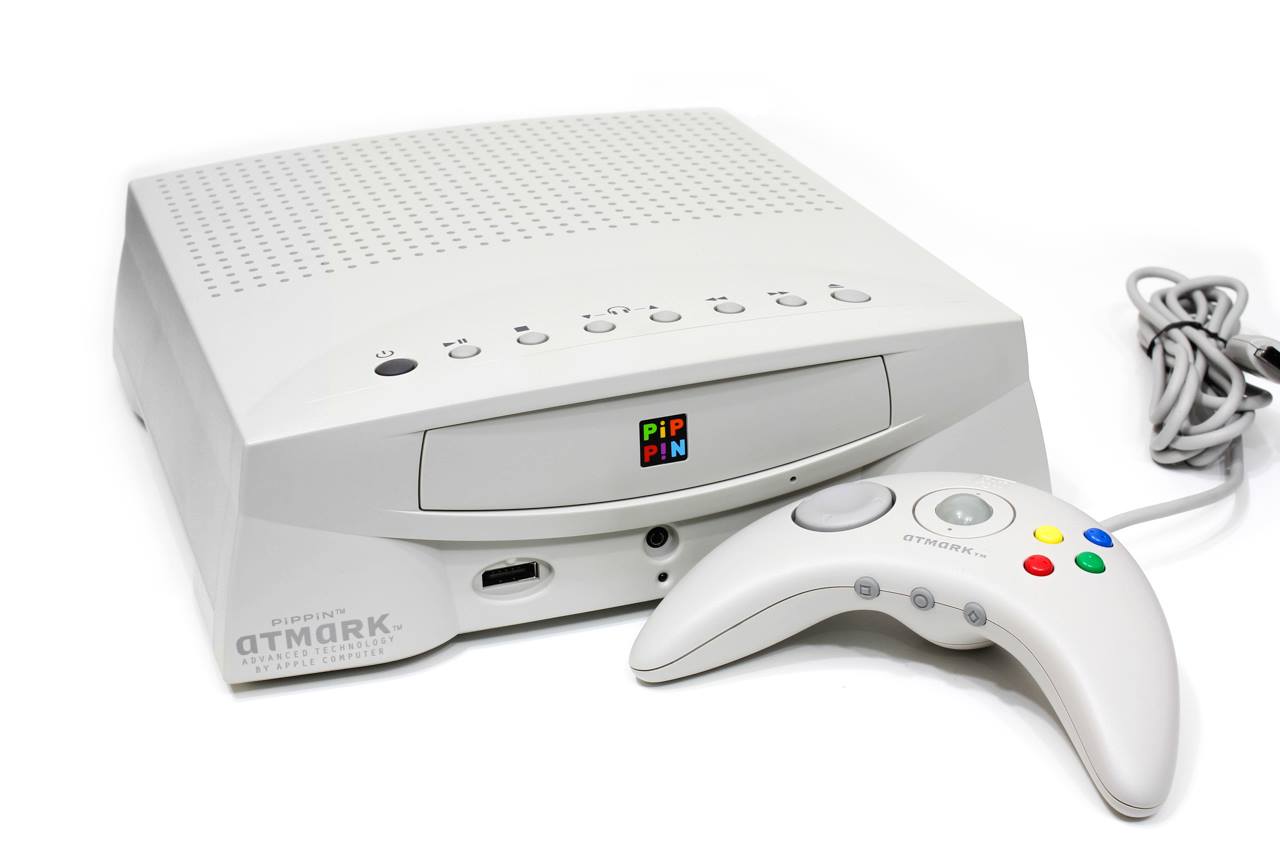
For some, Apple getting into the games industry is a dream. It could only be a success that brings video games to the next level. Those people haven't heard of the Apple Pippin.
The company that brought smart devices to the masses has had an iffy relationship with gaming on their platform, and the Pippin might just be why. Released in the days of "multimedia" consoles, the Pippin tried to be a computer and a game console for $200 more than the competition. Once folks got it home, they found a machine that had no games and lacked enough memory to run a web browser.
Outside of being the original place to play Bungie's Marathon: Durandal on your TV, it's completely faded into the dustbin of gaming history.
-
Blackberry PlayBook
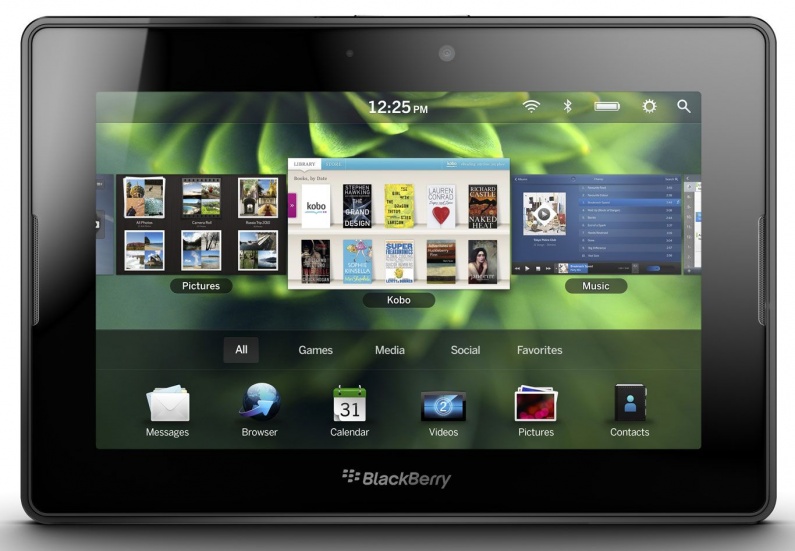
Blackberry's fall from grace was a hard pill to swallow for a lot of techies back in the day. So many clung to their outdated phones and PDAs, championing physical keyboards longer than they had any right to. However, no company can survive when they're putting out products like the Blackberry PlayBook.
By 2011, the world had already seen the iPad, and every other company was playing catch-up. Blackberry's solution was the PlayBook, a 7-incher that let you play videos on your TV via an HDMI port. What it didn't do is let you check your email or calendar. You needed a Blackberry phone connected via Bluetooth for that, a feature that the designers claimed made their tablet more secure.
This and other glaring oversights resulted in almost instant price cuts and contributed to the departure of Blackberry's co-CEOs. After two years, the PlayBook was put out of its misery.
-
Cisco Umi
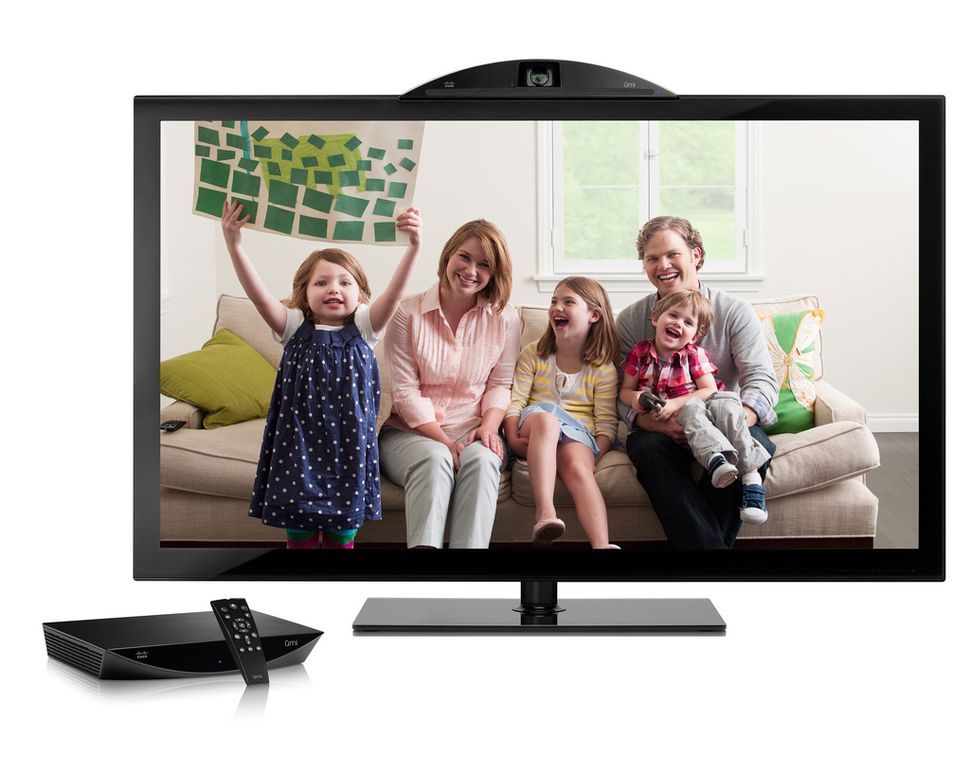
We'll give Cisco credit, the Umi was probably ahead of its time. Unveiled in 2010, this innovation was a slim camera that allowed you to video conference with friends and family in the living room. It worked relatively well and had support for Google's video chat options later on. So what was the problem?
How about a $600 initial price point and a $25 monthly fee to use the Umi service? Considering how many free options existed even at the time to video chat via a computer, not many were willing to shell out major bucks for a Skype alternative.
With FaceTime and now the Echo Show bringing video calling into fashion, it's only now that we're starting to see people get over the stigma of this style of communication. And even then, it's on much smaller screens than your HDTV. No one wants Grandma-ma to see you slacking on the couch.
-
CueCat Barcode Scanner

The oldest of these gadgets, 2000's CueCat may also be the strangest. This was a barcode reader shipped out for basically nothing to get magazine readers to interact with magazines. It was basically AR codes before they were a thing, and they're not even a thing anymore.
In both the cases of AR codes and CueCat's proprietary bar codes, going through the rigmarole of scanning in the code is usually more hassle than looking up a magazine's web presence on Google. Especially since the CueCat didn't take you to some fancy exclusive content. It was basically a physical incarnation of the AOL Keyword, and neither one would last long into the new millennium.
-
Nokia N-Gage
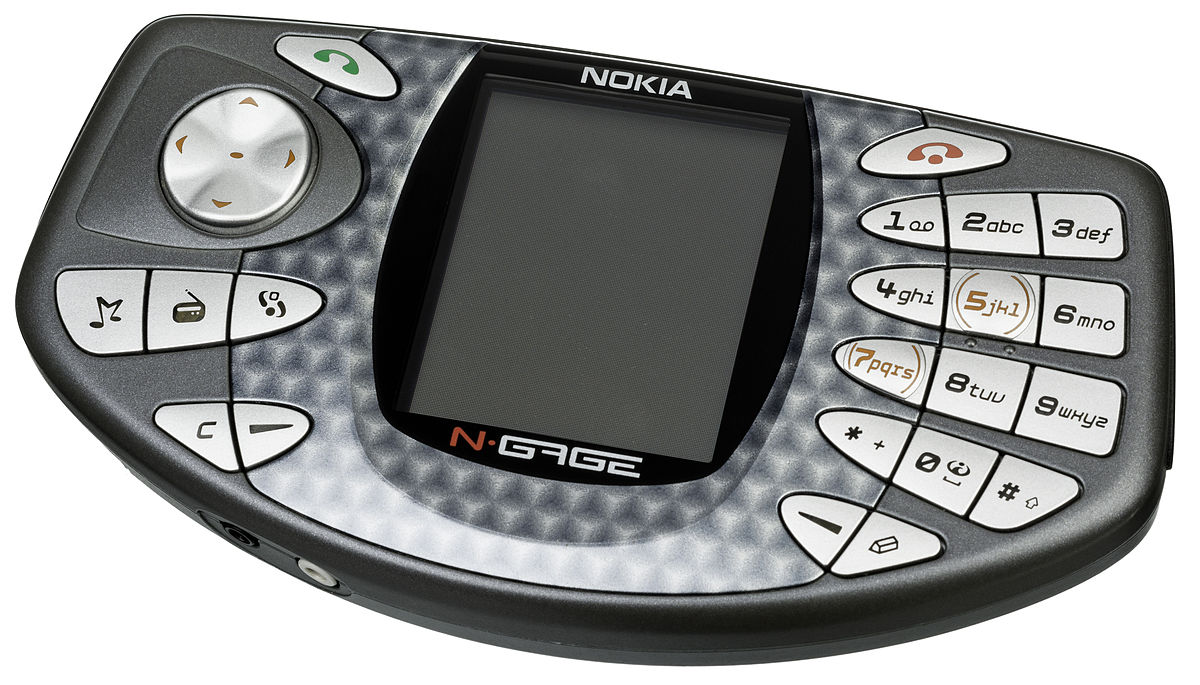
Ahh, the N-Gage. Certainly not an unknown quantity, Nokia's foray into mobile gaming brought us sidetalkin'. The original model of this phone/gaming hybrid had you holding the thin side of the device to your face in order to receive a phone call. Needless to say, customers weren't thrilled.
The N-Gage might also be one of the more competent devices on this list. It ran a mean version of Tony Hawk, and the improved QD model was even halfway decent at everything the original version set out to be. Sadly, the entire brand was tainted at that point. Nokia never had a chance.
-
Tiger R-Zone

Speaking of legendarily bad game consoles, here's one of several efforts by Tiger Electronics to move past their simplistic LED handheld games. Or rather, project them directly into your eyeball.
The R-Zone rode on the virtual reality craze of the '90s, taking the simplistic kids games Tiger was known for and turning them into a red blurry mess you had to look at through a flimsy headset. There were also proper portable versions of the device created, but it didn't change the fact that you were still playing Tiger Electronics video games.
As a bonus, the face buttons on the R-Zone's controller were replaced with two rockers that look like on-off switches. This is a change so baffling that we assume it was only done to make it different from the competition. If it ain't broke, don't fix it.
-
Twitter Peek
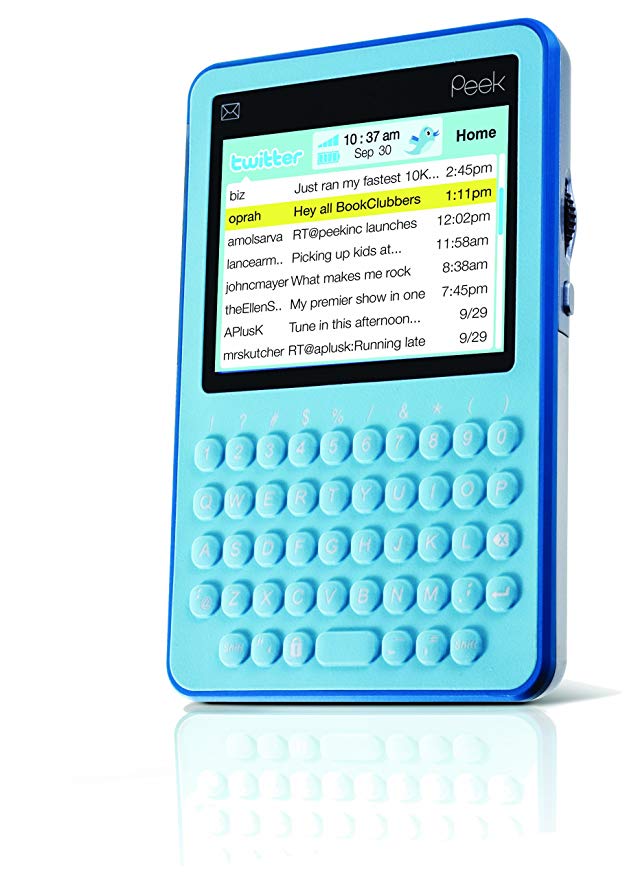
How much would you spend to look at your Twitter feed on the go? What if I said that you could only preview 20 characters of each tweet before expanding them one by one? And you have to type out tweets on a physical keyboard? If your answer was anything but $0, you might be the mythical customer behind 2009's Twitter Peek.
Basically a single function PDA, the Twitter Peek cost $200 at launch. If you preferred to get a reminder of your bad decisions every month, you get also get one for $100 with a recurring $8 charge. Either way, you got a device with limited functionality that wasn't cool even when it was fun to be on Twitter rather than soul-crushing.








